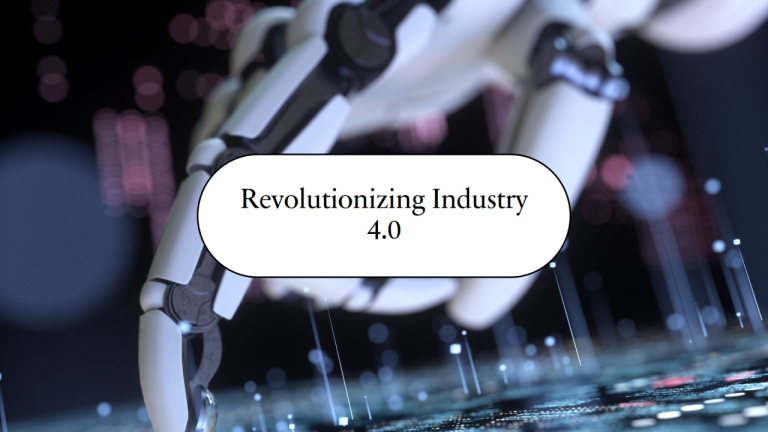The mining industry is undergoing a significant transformation, with a strong emphasis on sustainability and energy efficiency. As global demand for resources continues to grow, mining companies are turning to advanced power systems and innovative technologies to reduce their environmental impact and improve operational efficiency.
Transition to Electrification
One of the most notable trends in the mining sector is the shift from traditional diesel-powered machinery to electric and hybrid alternatives. Electric mining equipment, such as battery-electric haul trucks and loaders, offers substantial benefits, including reduced greenhouse gas emissions, lower fuel costs, and quieter operations. Companies like Caterpillar, Sandvik, and Komatsu are at the forefront of this transition, introducing fleets of electric and hybrid machines tailored for both surface and underground mining applications.
Renewable Energy Integration
To power mining equipment sustainably, many companies are incorporating renewable energy sources into their operations. Solar panels, wind turbines, and even small-scale hydropower systems are being deployed to supply electricity for remote mining sites. For example, Rio Tinto has invested in solar farms to power its mines in Australia, significantly reducing its reliance on fossil fuels.
Advanced Energy Management Systems
Energy management systems (EMS) play a critical role in optimizing the power consumption of mining operations. These systems utilize real-time data to monitor energy usage, predict demand, and identify inefficiencies. By integrating EMS with Internet of Things (IoT) technologies, mining companies can achieve better energy efficiency and reduce costs. IoT-enabled sensors in mining equipment can provide actionable insights, ensuring machinery operates at peak efficiency.
Autonomous and Smart Equipment
Automation and smart technology are reshaping mining equipment, further enhancing energy efficiency. Autonomous haulage systems (AHS) and remote-controlled machinery reduce human intervention and improve operational precision, leading to lower energy consumption. These technologies also enable continuous operation, reducing downtime and optimizing resource use.
Challenges and Opportunities
While the adoption of energy-efficient mining equipment presents numerous advantages, challenges remain. High initial investment costs, the need for skilled personnel to manage advanced systems, and infrastructure limitations in remote locations can hinder implementation. However, governments and international organizations are providing incentives and funding to promote the adoption of sustainable technologies in mining.
Future Outlook
The future of power systems in mining equipment looks promising, with ongoing innovations and collaborations driving the industry toward net-zero emissions. Hydrogen-powered machinery and advanced energy storage solutions, such as solid-state batteries, are expected to play a significant role in the next phase of energy transformation. As mining companies continue to prioritize sustainability, energy efficiency will remain a key focus, reshaping the industry for generations to come.
Conclusion
Power systems and energy efficiency are no longer just operational considerations; they are strategic imperatives for mining companies seeking to thrive in a rapidly changing world. By embracing electrification, renewable energy, and smart technologies, the mining industry is setting new benchmarks for sustainable practices, ensuring a cleaner, greener future.


